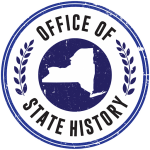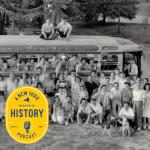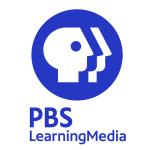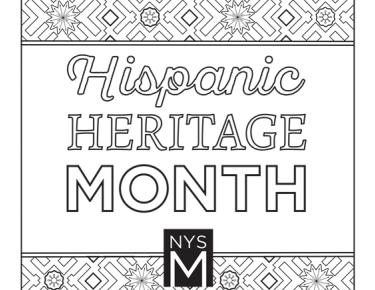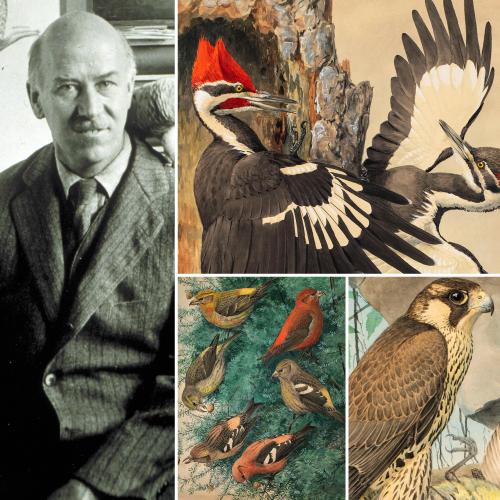
Hispanic Heritage Month
Join us as we celebrate Hispanic heritage and honor the diverse histories, cultures, achievements, and contributions of Hispanic and Latino communities and individuals. This page offers a variety of resources, including materials for educators, recorded lectures, and program opportunities at the New York State Museum and throughout the state.
National Hispanic Heritage Month is observed from September 15 to October 15. Its origin dates back to 1968 when it was initially established as Hispanic Heritage Week by President Lyndon B. Johnson. Later, in 1988, President Ronald Reagan expanded it to a monthlong celebration. This month of special recognition coincides with the independence days of several Latin American countries. September 15 marks the anniversary of independence for Costa Rica, El Salvador, Guatemala, Honduras, and Nicaragua. Mexico and Chile celebrate their independence days on September 16 and September 18, respectively.
NYSM Programs and Exhibitions
Ongoing Exhibition: The Gutierrez Barber Shop
In 2005, the NYSM acquired the fixtures and contents of the Gutierrez Barbershop to create this ongoing exhibition in New York Metropolis Hall. Established in New York City in 1929 by Antonio Gutierrez who emigrated from Spain, the barbershop served a vital role as a place where where people of diverse backgrounds could feel a sense of belonging.
Statewide Hispanic Heritage Month Events
New York State Hispanic Heritage Month Events
Discover Hispanic Heritage History Events taking place at museums and historical societies across New York State.
In the Spotlight: Louis Agassiz Fuertes
Louis Agassiz Fuertes (1874–1927) was an ornithologist, artist, and illustrator of Puerto Rican heritage who, in 1904, was commissioned by then New York State Museum Director, John Mason Clarke, to provide illustrations for an extensive research study on the state's bird species. Fuertes's collaboration with Elon Howard Eaton, who conducted the extensive research and wrote the text, resulted in the two-volume publication, Birds of New York.
Discover more about how Fuertes's illustrative work not only contributed to the scientific community but also helped inspire a wider interest in bird and nature conservation throughout New York.
Video Presentations & CTLE
All That Has Disappeared: Latinxs & Urban Redevelopment, 1937-1962 - Dr. Pedro A. Regalado
Pedro A. Regalado is Assistant Professor of History at Stanford University where he researches and teaches the history of race, immigration, planning, and capitalism in urban America. His first book, Nueva York: Making the Modern City, is a history of New York City’s Latinx community during the 20th century, from the “pioneers” who arrived after World War I to the panoply of Latinx people who rebuilt the city in the wake of the 1975 fiscal crisis. Across a range of topics, from urban renewal to the rise of Latinx bankers, US military operations in Central America to drug workers who repurposed tenement buildings, Nueva York demonstrates how the democratic ideals of the city hinged, in large part, on the experiences of Latinx New Yorkers.
CTLE Credit (1.5 hour): Link to Online Form for All That Has Disappeared
The Bodega: Pedro A Regalado
New York City’s Latinx small-business owners were frequent victims of urban renewal “slum clearance” during the 1950s. By the next decade, they wielded the federal War on Poverty to reimagine the relationship between government and Latinx New Yorkers, brokering between them to address hunger, public health, and the plight of credit-starved entrepreneurs. This lecture explores the history of Gotham’s Latinx storefronts—especially bodegas—during this transition. It reveals what their overlooked experiences teach us about the power of place in shaping community. It also offers new insights into how Latinx business owners helped to transform the trajectory of postwar New York.
CTLE Credit (1 hour): Link to Online Form for The Bodega, with Historian Pedro A. Regalado
A New York Minute in History Podcast: Las Villas
Learn about an enclave of restaurants, bars, and resorts that catered to predominately Latin American clientele near the Catskill Mountains. As more and more Latinos immigrated to New York City for work, they began to look to places outside the city for recreation and to connect with other Spanish-speaking tourists. By the mid-1950s there were 50 resorts in the Plattekill area that focused on Spanish-speaking visitors.
Additional Resources from the Office of Cultural Education
New York State Library: Talking Book & Braille Library
In celebration of Hispanic Heritage Month, we have curated a selection of braille and audiobooks for all ages. These titles are specifically formatted for people who are blind and print disabled. We encourage you to share them with friends and family who are patrons of the Talking Book and Braille Library or would like to begin service with us. Not eligible for our service? Your public library may have the same titles in a format that is available to you.
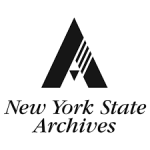
New York State Archives
Hispanic history and culture is present throughout thousands of documents available through ConsidertheSourceNY.org. Visit our Hispanic Heritage page for direct access to highlighted resources centering the history of Hispanic Americans in New York State.
» View NYS Archives Hispanic Heritage Month Resources
PBS Learning Media
Access the Hispanic Culture & History folder featuring curated classroom resources from PBS LearningMedia. These multimedia support materials teacher-created, standards aligned, and free for use with K-12 learning environments.
Highlights from the Collection
The History and Historic Archaeology collections at the New York State Museum document New York’s diverse history from the 17th century through the present day. The objects below are a few examples that help tell the histories of those with Hispanic and/or Latino ancestry in New York. View all »
Celebrate in Color!
Download and decorate two special coloring sheets—one in English and one in Spanish—designed to honor this vibrant cultural celebration.




